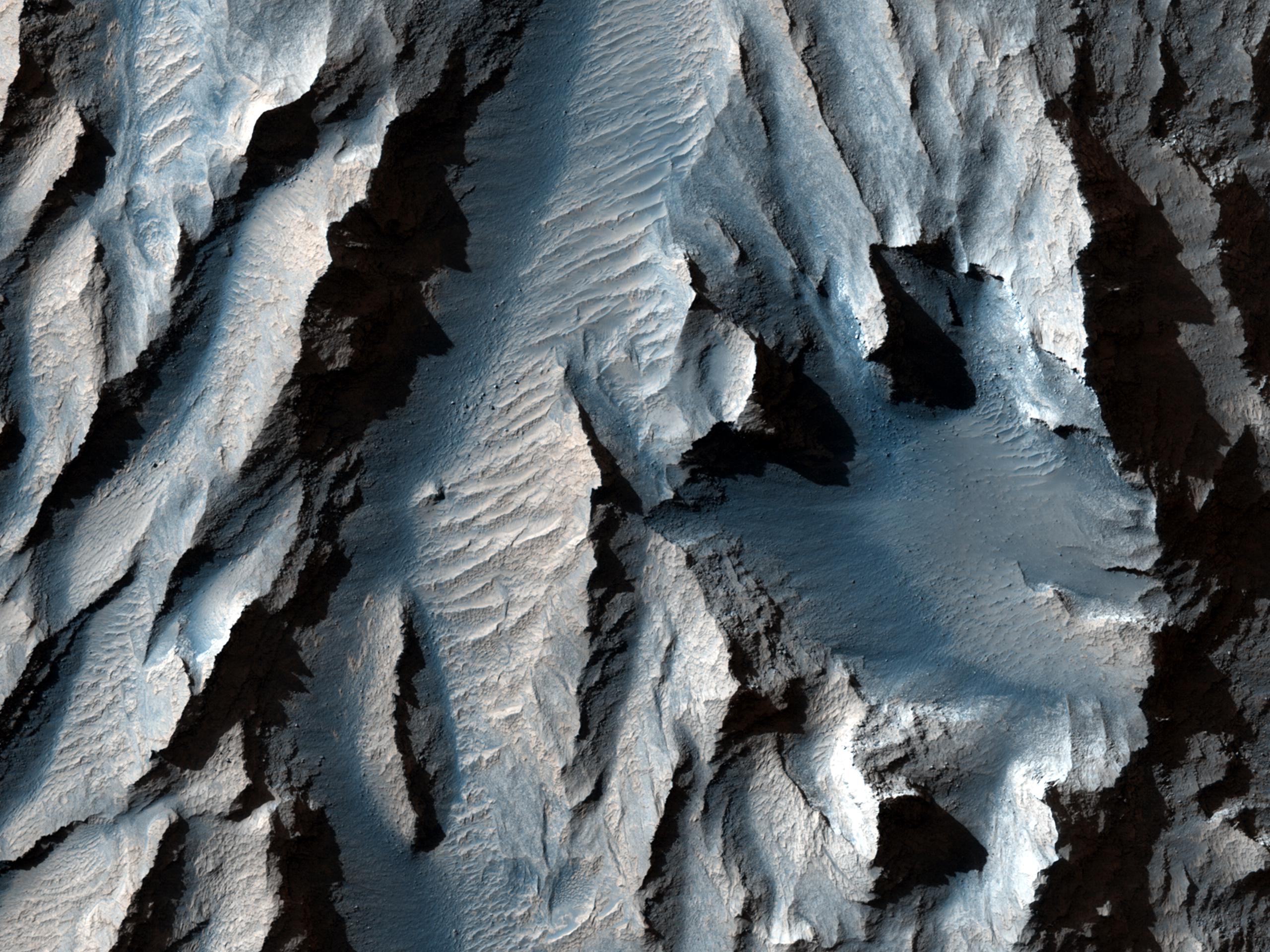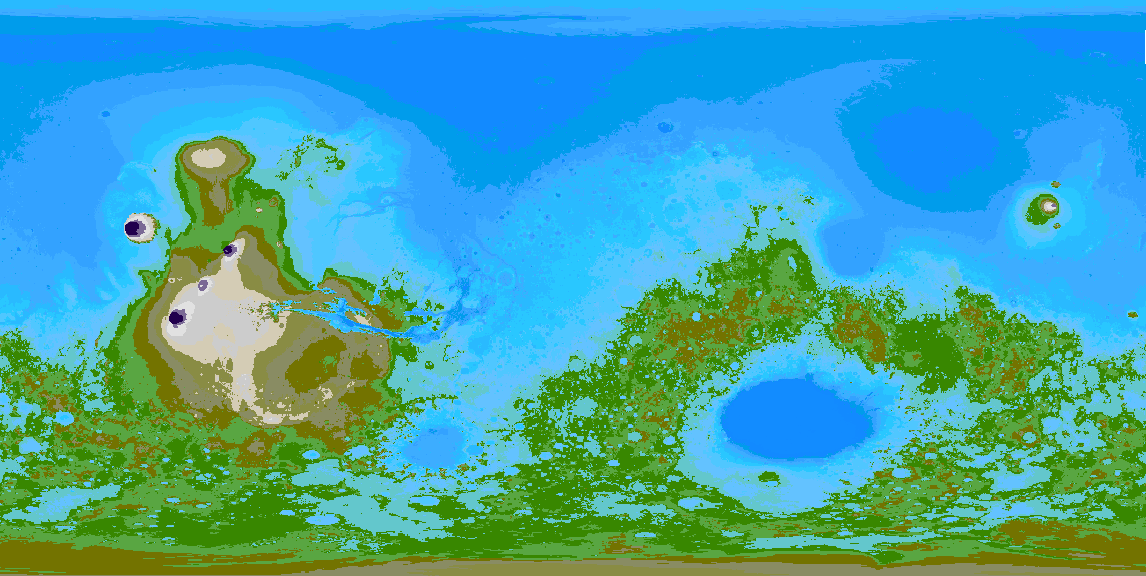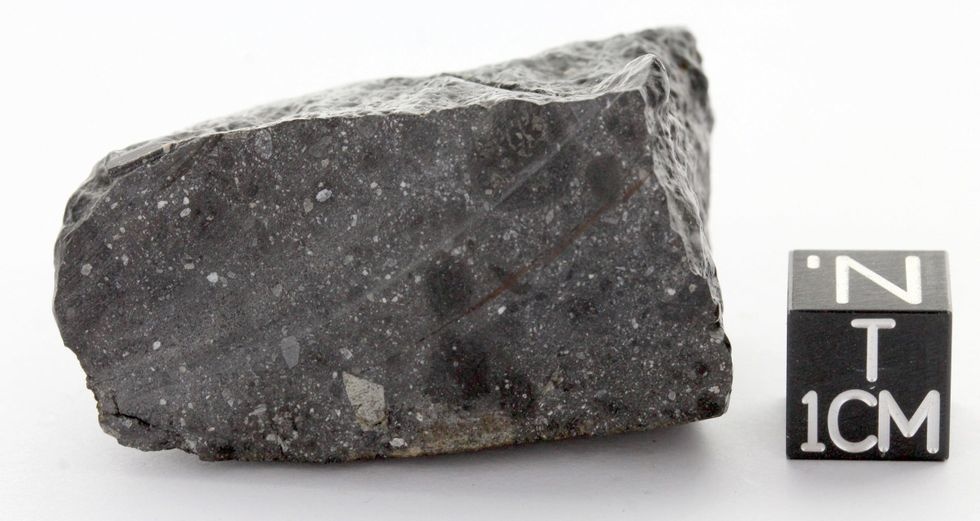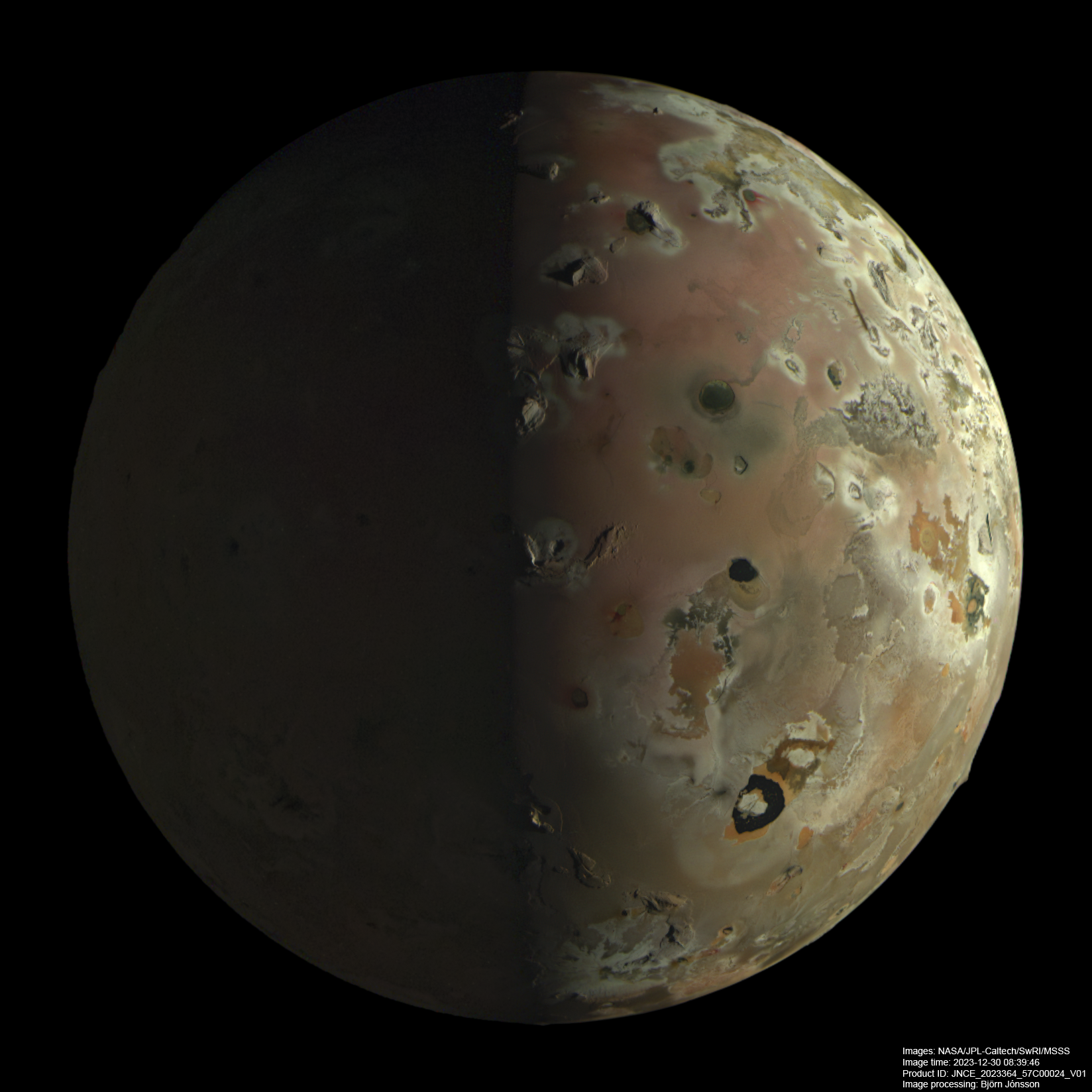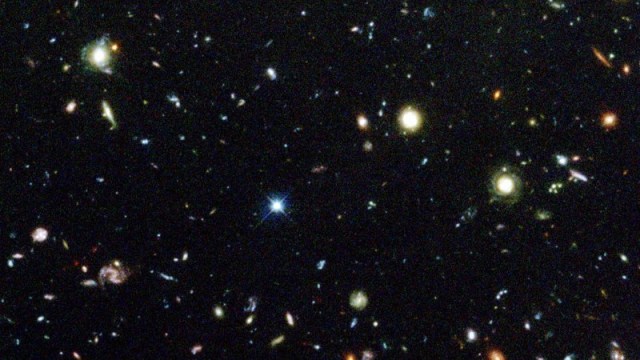Ancient Mars was once home to thousands of supervolcanoes
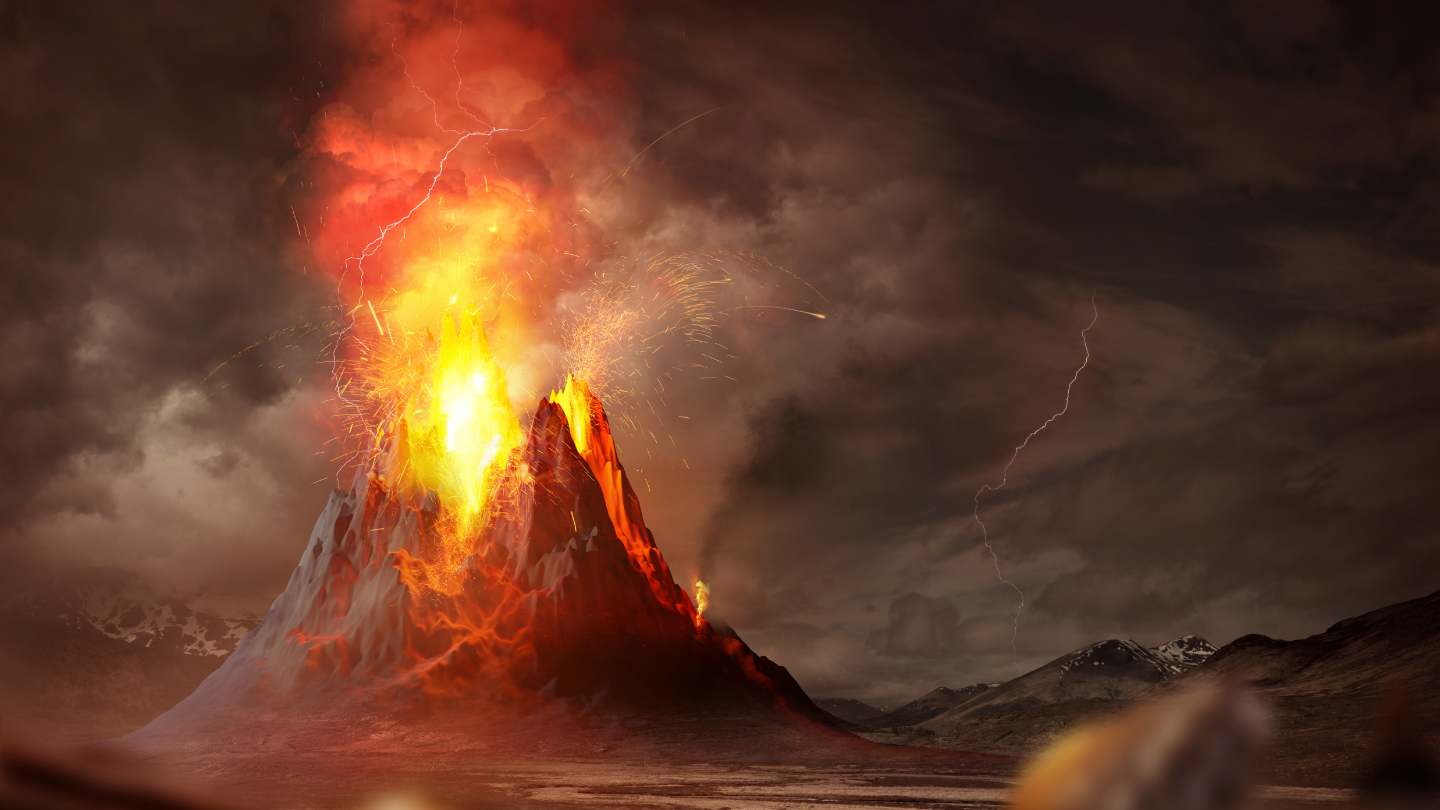
- Previously thought to be asteroid impact craters, the basins of Arabia Terra turn out to be the remains of supervolcanoes.
- It is estimated that thousands of these foster eruptions occurred in the area billions of years ago.
- The findings suggest other planets — including Earth — might have once been home to more supervolcanoes than previously thought.
Mars is a relatively quiet and uneventful place today, but topographical evidence suggests the planet had a violent past. A recent NASA study found that the Arabia Terra region of northern Mars was once home to thousands of massively explosive supervolcanoes, which produce the biggest eruptions known to science.
Earth is home to a handful of supervolcanoes, such as Lake Taupo in New Zealand, the Yellowstone Caldera in the U.S., and Mount Merapi in Indonesia, to name a few. Supervolcanic eruptions are rare: The last one erupted in Sumatra, Indonesia, about 76,000 years ago.
But NASA’s new research suggests supervolcanic eruptions might not be so rare if you look back far enough in a planet’s history. In Mars’ vegetation-free, ocean-free barrenness, evidence of such ancient events remains visible today.
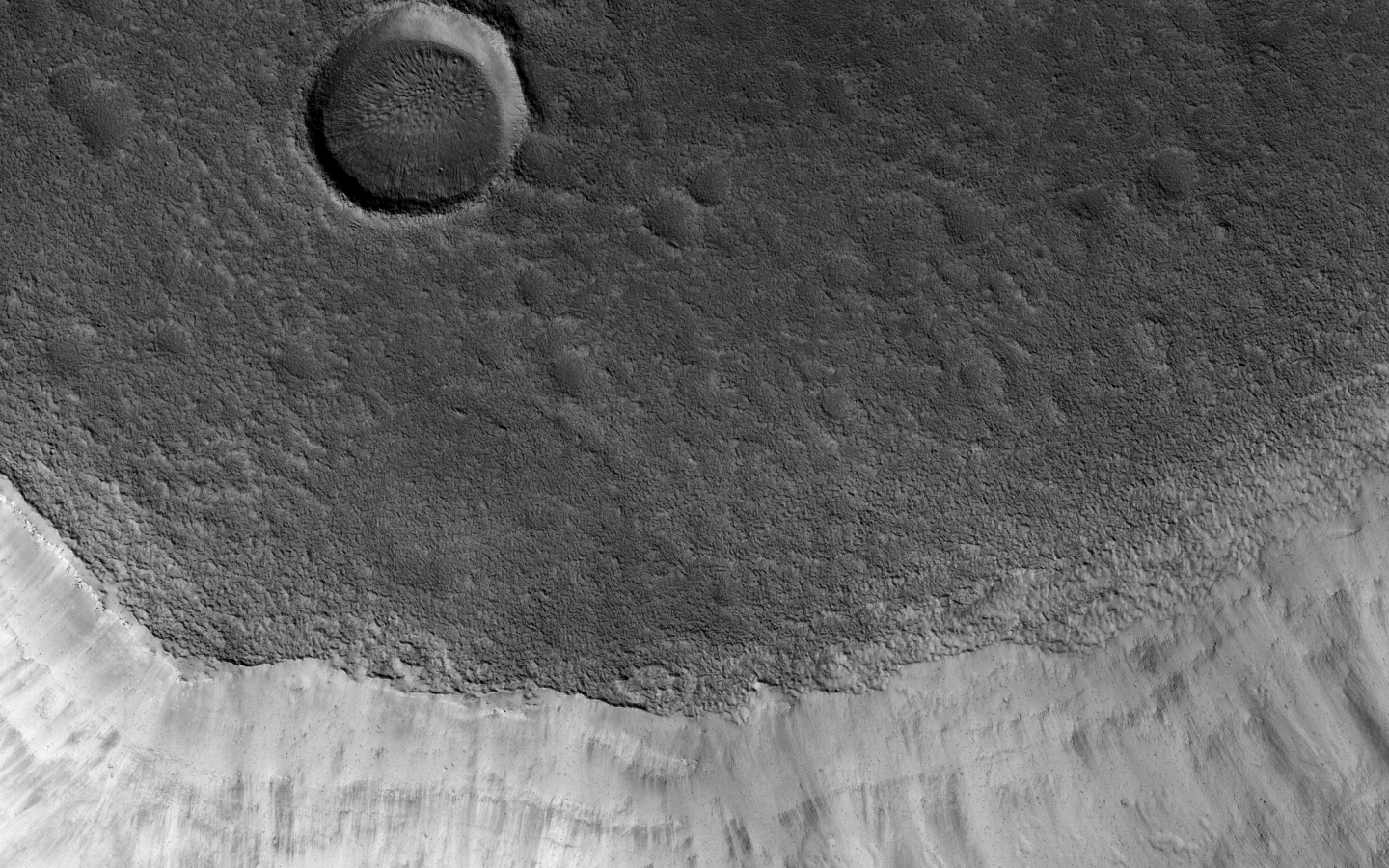
The secrets of Arabia Terra
Scientists initially thought that the massive basins observed in Arabia Terra were asteroid impact craters, but some evidence suggested otherwise. For example, the basins weren’t as round as craters tend to be, and very deep floors and benches of rocks against their walls suggested some sections had collapsed.
In 2013, scientists proposed that seven of these basins were actually calderas — depressions left behind after supervolcanic eruptions — and they calculated the amount of ash that would have been dispersed by such eruptions.
Other researchers were also intrigued by the hypothesis, proposing that the volcanic minerals could be found on the surface of Arabia Terra. Another team calculated the likely trajectory of the ash ejected from the super volcanoes. They surmised the ash would travel eastward, downwind, where it would thin out as it traveled away from the center of the calderas.
Patrick Whelley, a NASA geologist and lead author of the recent study, said he and his colleagues had read “that [2013] paper and were interested in following up, but instead of looking for volcanoes themselves, we looked for the ash, because you can’t hide that evidence.”
Fortunately, NASA’s Mars Reconnaissance Orbiter had already been gathering data on ash deposits on the Martian surface. Coauthor and geologist Alexandra Matiella Nova said, “So we picked it up at that point and said, ‘OK, well these are minerals that are associated with altered volcanic ash, which has already been documented, so now we’re going to look at how the minerals are distributed to see if they follow the pattern we would expect to see from super eruptions.”
Layering ash data over images from the Compact Reconnaissance Imaging Spectrometer for Mars, the team assembled 3D topographical maps of Arabia Terra that revealed the supervolcanoes’ ejecta was relatively undisturbed from where it landed in layers, remaining plainly visible.
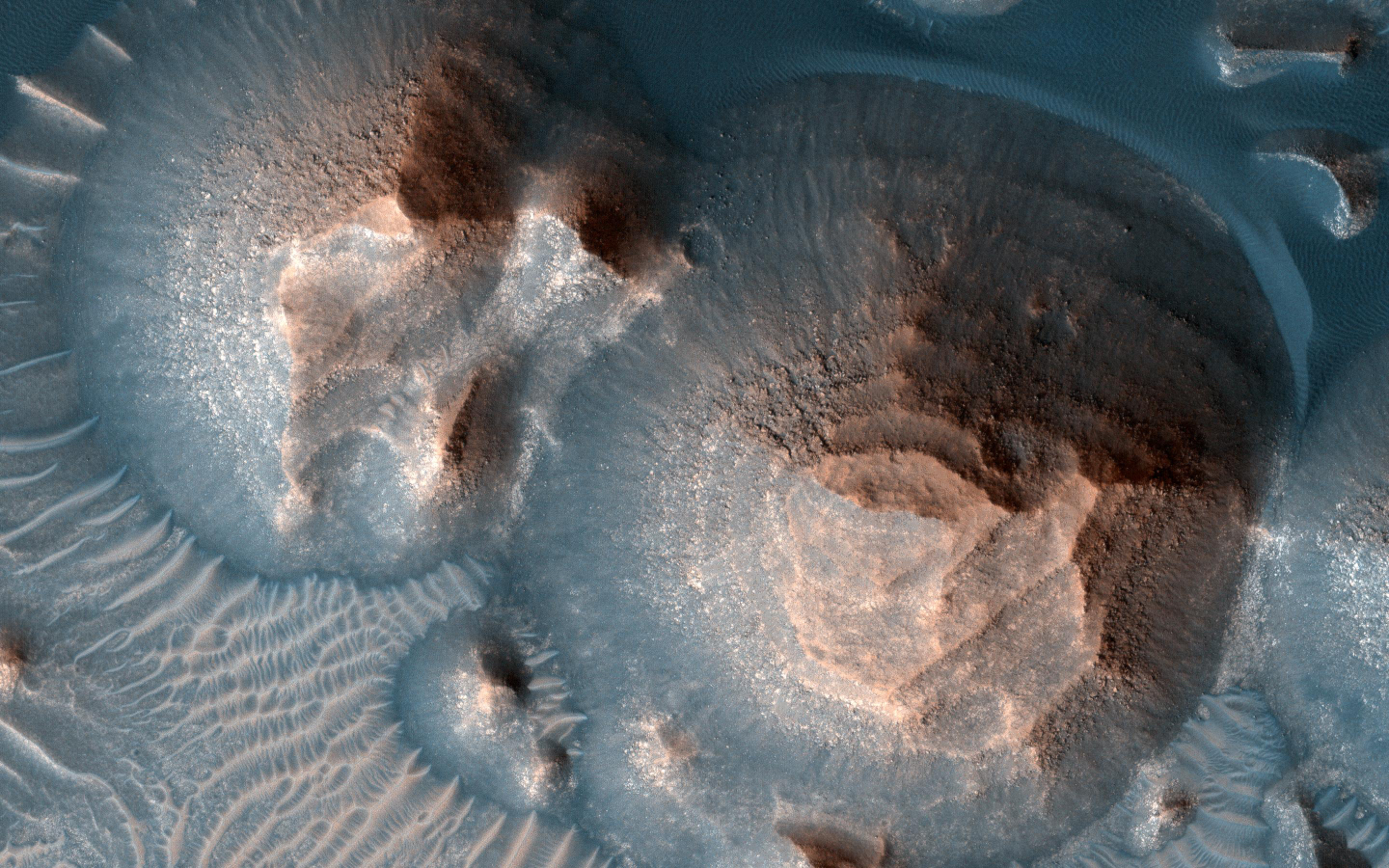
The study’s third coauthor, geologist Jacob Richardson, said, “That’s when I realized this isn’t a fluke, this is a real signal. We’re actually seeing what was predicted and that was the most exciting moment for me.”
Absolutely massive
Based on the amount of ash predicted in the 2013 research, the team calculated that it would have taken thousands of supervolcanic eruptions — in this one spot — to produce the amount of ash they had identified.
According to NASA, the ash deposits blasted into the Martian skies the rough equivalent of 400 million Olympic-sized swimming pools’ worth of water vapor, carbon dioxide, and sulfur dioxide. The researchers estimated that this occurred about four billion years ago, over a 500-million-year period.
Whalley said: “Each one of these eruptions would have had a significant climate impact — maybe the released gas made the atmosphere thicker or blocked the Sun and made the atmosphere colder. Modelers of the Martian climate will have some work to do to try to understand the impact of the volcanoes.”
The finding raises questions for geologists, such as whether Earth’s early history might have been similarly explosive, with the evidence of terrestrial super-volcanoes long ago obliterated by plate tectonics.
Richardson mused: “People are going to read our paper and go, ‘How? How could Mars do that? How can such a tiny planet melt enough rock to power thousands of super eruptions in one location?” I hope these questions bring about a lot of other research.”
